Idalia projected to hit Florida as Category 4 hurricane with ‘catastrophic’ storm surge
Hurricane Idalia strengthened to a dangerous Category 3 storm early Wednesday as it steamed toward Florida’s Big Bend region, according to the National Hurricane Center.
Florida residents living in vulnerable coastal areas were ordered to pack up and leave as Hurricane Idalia gained strength in the warm waters of the Gulf of Mexico, and authorities warned of a “catastrophic storm surge and destructive winds” when the storm moves ashore Wednesday morning.
Idalia was packing sustained winds of 120 mph early Wednesday, after growing into a Category 2 system on Tuesday afternoon.
It was projected to make landfall later Wednesday morning as a Category 4 storm with winds of at least 130 mph in the lightly populated Big Bend region, where the Florida Panhandle curves into the peninsula.
The result could be a big blow to a state still dealing with lingering damage from last year’s Hurricane Ian.
The National Weather Service in Tallahassee called Idalia “an unprecedented event” since no major hurricanes on record have ever passed through the bay abutting the Big Bend.
On the island of Cedar Key, Commissioner Sue Colson joined other city officials in packing up documents and electronics at City Hall on Tuesday.
She had a message for the almost 900 residents who were under mandatory orders to evacuate.
More than a dozen state troopers went door to door warning residents that storm surge could rise as high as 15 feet.
“One word: Leave,” Colson said. “It’s not something to discuss.”
Gov. Ron DeSantis repeated the warning at Tuesday afternoon news conference.
“You really gotta go now. Now is the time,” he said. Earlier, the governor stressed that residents didn’t necessarily need to leave the state, but should “get to higher ground in a safe structure.”
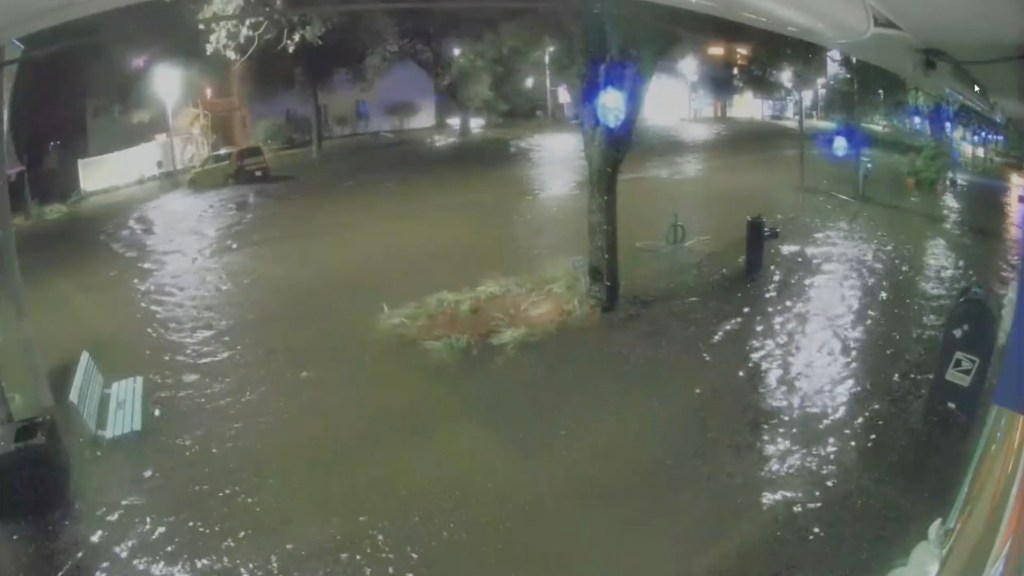
Not everyone was heeding the warning. Andy Bair, owner of the Island Hotel, said he intended to “babysit” his bed-and-breakfast, which predates the Civil War.
The building has not flooded in the almost 20 years he has owned it, not even when Hurricane Hermine flooded the city in 2016.
“Being a caretaker of the oldest building in Cedar Key, I just feel kind of like I need to be here,” Bair said. “We’ve proven time and again that we’re not going to wash away. We may be a little uncomfortable for a couple of days, but we’ll be OK eventually.”
Tolls were waived on highways out of the danger area, shelters were open and hotels prepared to take in evacuees.
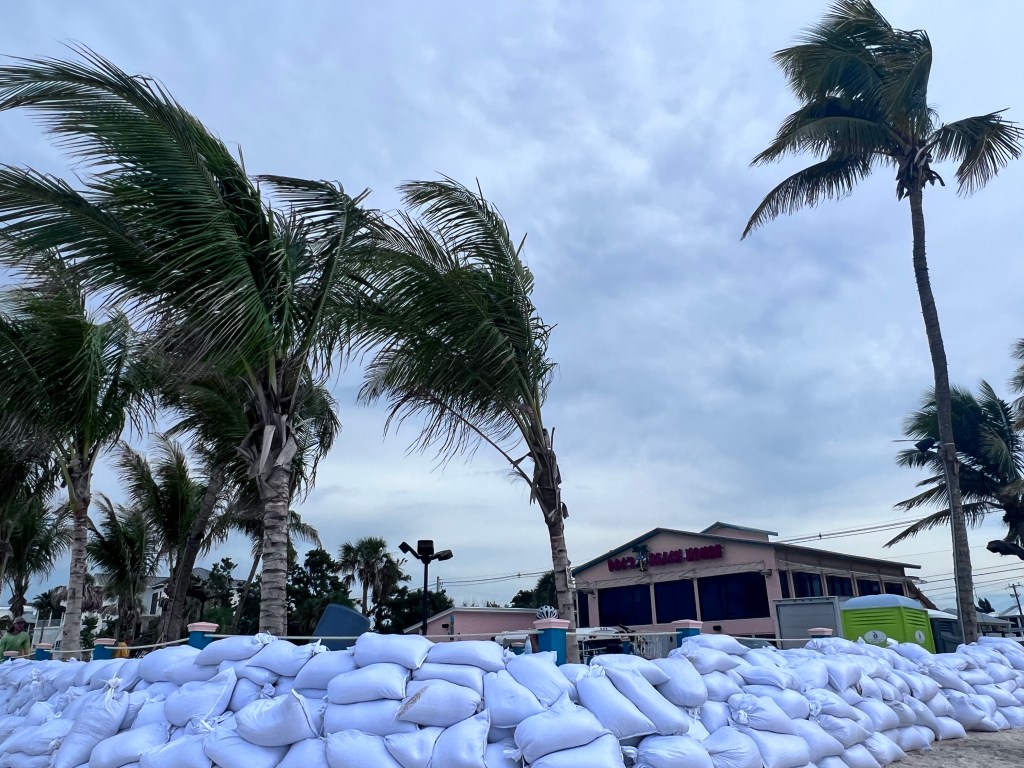
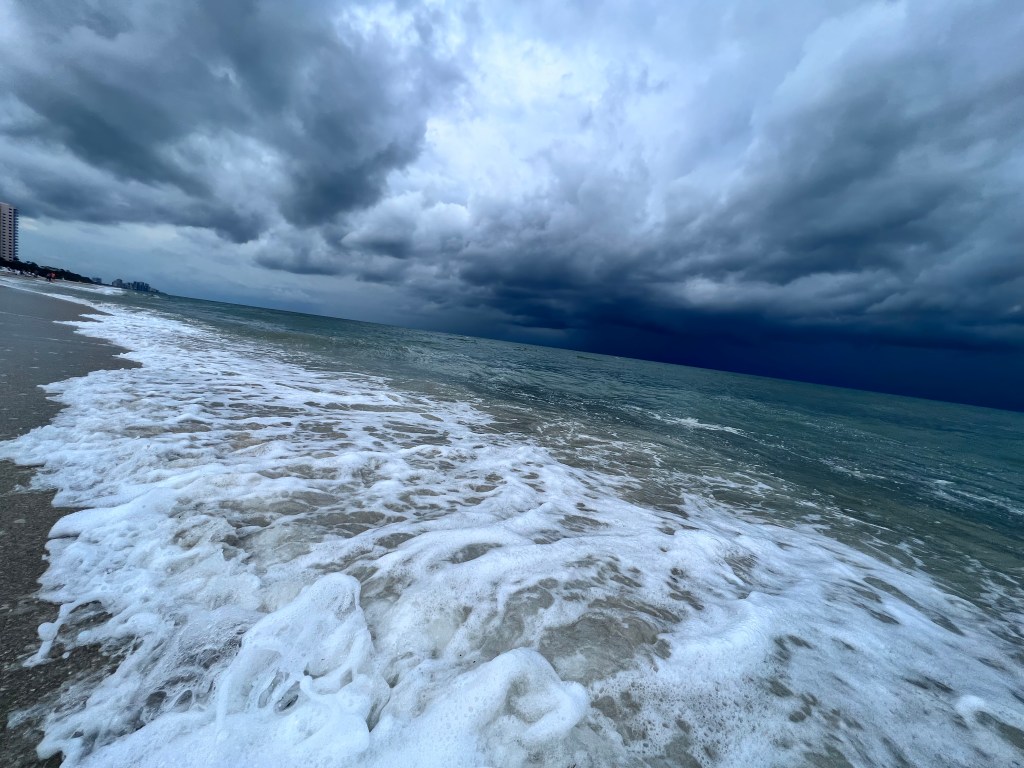
More than 30,000 utility workers were gathering to make repairs as quickly as possible in the hurricane’s wake.
About 5,500 National Guard troops were activated.
In Tarpon Springs, a coastal community northwest of Tampa, 60 patients were evacuated from a hospital out of concern that the system could bring a 7-foot storm surge.
After landing in the Big Bend region, Idalia is forecast to cross the Florida peninsula and then drench southern Georgia and the Carolinas on Thursday.
Both Georgia Gov. Brian Kemp and South Carolina Gov. Henry McMaster announced states of emergency, freeing up state resources and personnel, including hundreds of National Guard troops.

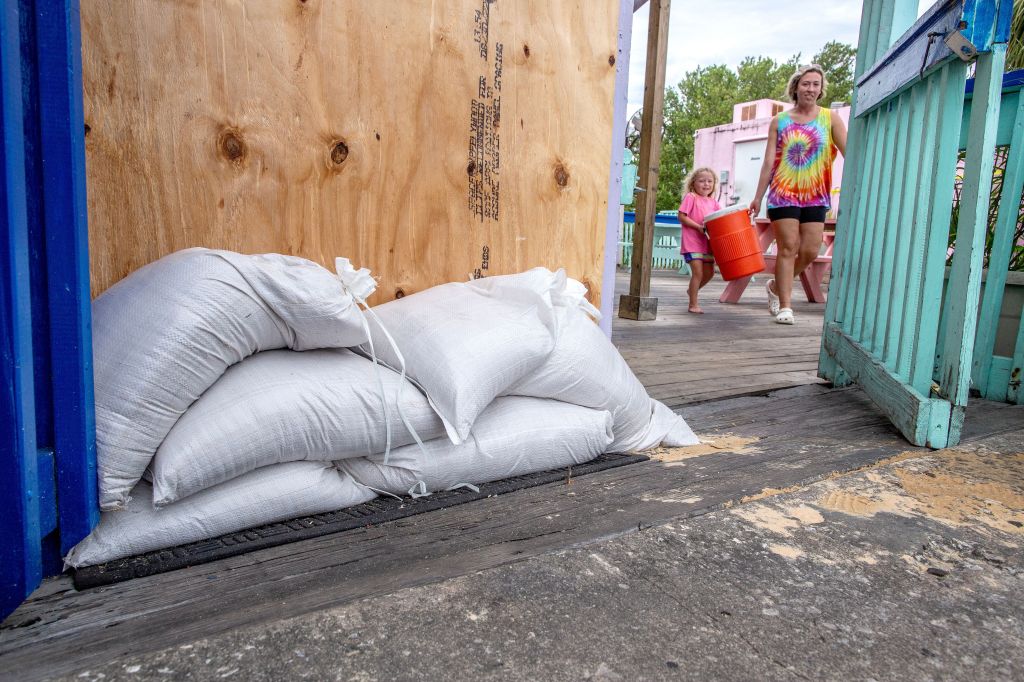
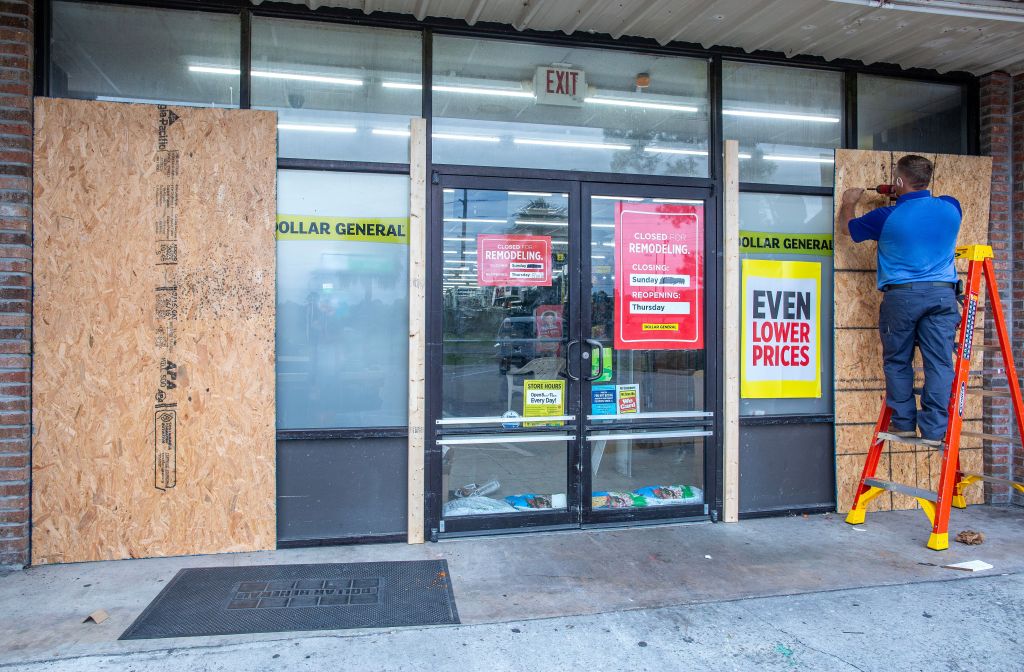
“We’ll be prepared to the best of our abilities,” said Russell Guess, who was topping off the gas tank on his truck in Valdosta, Georgia. His co-workers at Cunningham Tree Service were doing the same. “There will be trees on people’s house, trees across power lines.”
At 2 a.m. EDT Wednesday, Idalia was about 100 miles southwest of Cedar Key and 175 miles south of Tallahassee, the National Hurricane Center said.
It was moving north at 15 mph.
Read the full article Here


